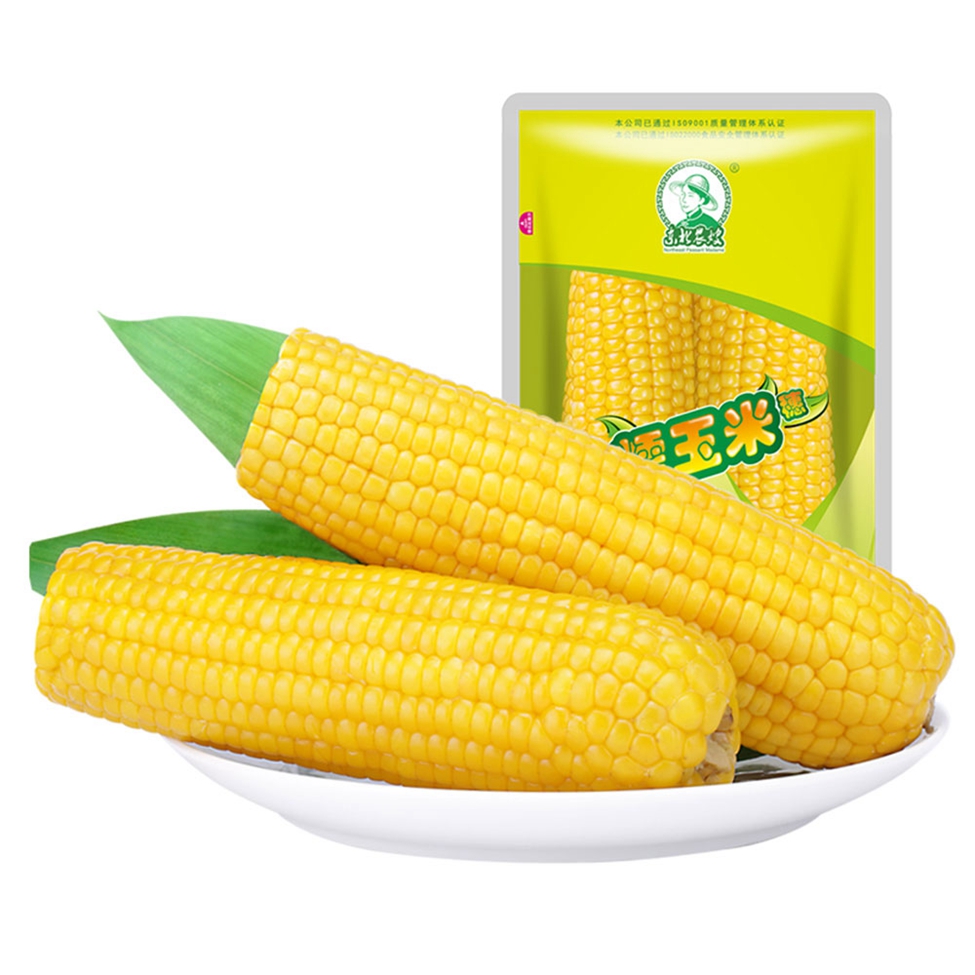Dry hot air is a common weather disaster in the late growth period of wheat. After wheat is damaged, it can generally reduce production by 5%-10%, and individual serious can reach more than 20%. The damage of dry hot air to wheat is mainly due to high temperature, drought and strong wind, which causes large amounts of water in the air and soil to evaporate. Water consumption in wheat is very fast, which destroys pigments such as chlorophyll and hinders photosynthesis, thus making plants very fast. From the bottom up to dry. In the early summer season, it is during the grouting period of wheat that in the case of dry and hot winds, unfavorable grouting of wheat ears results in early “dry ripeningâ€, dry wheat grains, and a decrease in grain weight, resulting in a severe reduction in wheat yield.
Preventive measures: 1. Coarse wheat yellow water. Watering wheat yellow water about 10 days before wheat maturation can significantly improve the microclimate conditions in the field, reduce the damage of dry hot wind, and facilitate the interplanting of wheat and summer sowing. According to observations, after pouring wheat yellow water, the wheat field near the ground temperature can be reduced by about 2°C, and the grain weight of wheat increased by 0.8-1 g.
2. Leaf spray fertilizer. During the flowering period of wheat to the early stage of grain filling, 1%-2% urea solution, 0.2% potassium dihydrogen phosphate solution, 2%-4% superphosphate calcium leaching solution, or 15%-20% turfgrass leaching solution are used as foliar spray fertilizer per acre. The second spraying of 20-100 kg can accelerate the growth and development of wheat in the later period, and prevent or reduce the damage of dry hot wind.
3. Leaf vinegar. In the small filling period, spraying with 0.1% acetic acid or 1:800 vinegar solution can reduce the opening angle of stomata on the leaves, inhibit transpiration, increase drought resistance and heat resistance of plants, and acetic acid (4.5% in vinegar). The right and left acetic acid) can neutralize the free ammonia produced by plants under high temperature conditions and eliminate the harm of ammonia to wheat.
4. Foliar spray hormone: 1 During the period of wheat flowering to grain filling, spray 1000 kg of oil booster solution per acre for 50 kg, which can prevent dry hot wind and increase grain weight by an average of 7.8 percent. 2 Before wheat grouting, spraying 50 kg of a 40 mg/kg Naphthaleneacetic acid solution per acre can increase the grain weight by 1,000. 3 During the grain-filling period of wheat, 25 kg of 60 mg phenoxyacetic acid solution per acre can also protect dry hot air and increase the grain weight.
Double Packed Yellow Waxy Corn Cob
The most common waxy and sweet corn market, waxy corn nutrient content is higher than ordinary corn, contains 70-75% starch (and almost all amylose), more than 10% protein, 4-5% fat and 2% multivitamin, has more grain, VA, VB1, VB2 than rice protein, fat and VB2 highest content. Yellow corn also contains carotenoids like rice and wheat. The molecular weight of glutinous corn starch is more than 10 times smaller than that of ordinary corn. The starch makes glutinous rice sticky and soft, which is softer than that of ordinary hard corn. It has more than 20 percent more digestibility than regular corn and is suitable for people with irregular teeth. At the same time, the amylose (a polysaccharide) content is very high, not suitable for diabetics.
Waxy corn is also called sticky corn. The grain has a coarse, waxy endosperm that resembles a glossy, transparent grain, such as a hard, dented corn. Its chemical and physical properties are controlled by a recessive gene located on chromosome 9. 100% of the starch in the endosperm is amylose.



Glutinous Corn,Yellow Corn Cob,Corn On The Cob,Double Packed Yellow Waxy Corn Cob
Jilin Province Argricultural Sister in Law Food Co., Ltd. , https://www.nscorn.com